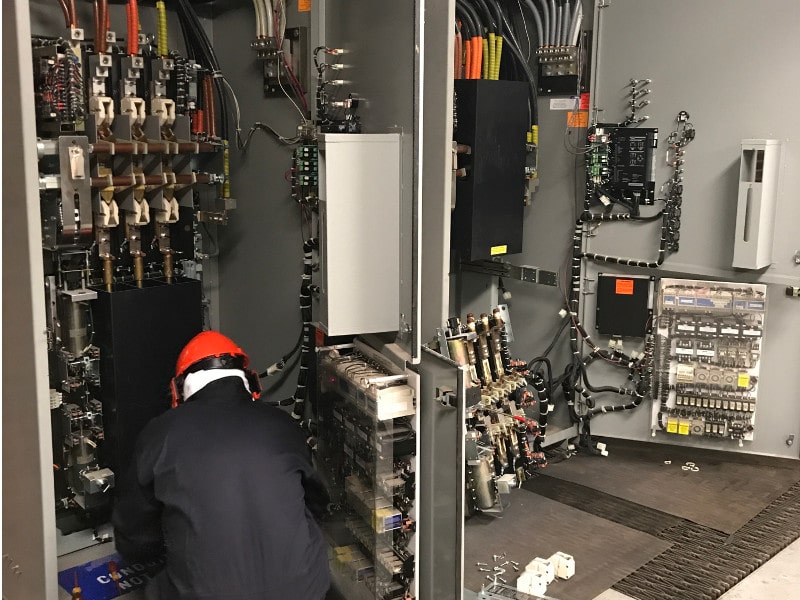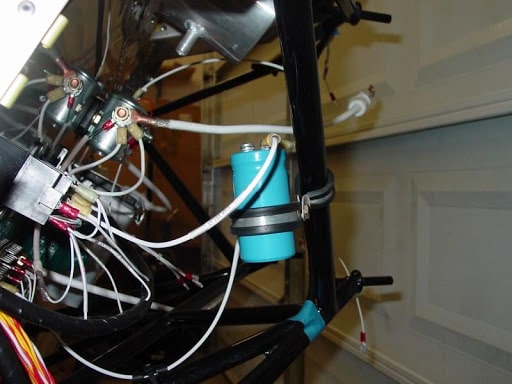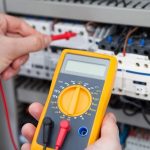
Electricity is an important part of our everyday life: we have lights, electric household appliances, heating, air conditioning, televisions, telephones, computers and even more devices that work thanks to electricity. ls first it is necessary to define some terms of the field of electrical engineering.
By the term “electrical system” is meant the context of the means and devices that produce, transform and distribute electricity. By “electrical system” is meant the design by which the specific connection points are supplied that need energy in the system.
An example from the field of lighting: the traditional electrical installation consists of electrical cables of 1.5 square millimeters connected to the junction box from which the supply cables originate. So, the main function of an electrical installation is to follow the needs and objectives of the user, coordinating the different components (such as the lighting, the heating, etc.) according to the safety criteria.
A good electrical system, besides fulfilling the main purposes, must be extremely safe, of high quality (by guaranteeing a constant, intense and always available supply) and flexible, to allow better maintenance operations. The most important feature of a well-functioning electrical system is related to the logic of the system, since it should guarantee logic and coherence at every stage and exclude coincidences.
Houses and companies receive electricity from service companies through feeder lines or a line of underground cables and transformation systems or transformers on overhead lines. The power grid lowers the voltage the closer the final user is: the energy is delivered through insulated cables to the private electricity meter. In truth, the electricity does not really run into the junction boxes of the buildings, but a voltage is created (measured in volts) that offers an availability of 220V and that turns on when you plug in a power plug.
The electricity meter is the main distribution panel for the circuits that run around the house and allow the appliances and lights to work. A circuit is the circular route that starts and ends in the same place: Basically, it’s how electrical power works. You can also find secondary panels in a house that are connected to the main panel; these supply larger household appliances or the areas of the house with another circuit, such as the kitchen or the laundry rooms, and have more secondary switches.
Operation and characteristics of the electrical system: from traditional systems to home automation
A traditional electrical system is based on the presence of distribution networks and uses fixed and precise mechanisms for the delivery and application of electricity.
Nowadays, new technologies have developed in the energy field, for example with the application of renewable energies (wind energy or photovoltaic systems), which are energy saving and environmentally friendly.
For this reason, intelligent distribution networks are being produced that, thanks to the application of smart grid, can better distribute local energy excesses elsewhere.
Software systems manage these automation systems by integrating different renewable energies (alternating and intermittent) into the generator’s energy. This guarantees more energy savings. As far as the use of electrical energy in the dwellings is concerned, it is more and more common to speak of home automation for the design of new modern electrical installations.

This term is used for isolated programmable devices, such as thermostats or irrigation systems, but in fact home automation means the houses in which almost everything – lights, household appliances, junction boxes, heating, air conditioning – is connected to a network that can be operated externally.
These systems also include alarm systems, locking of all doors and windows, locks, smoke detectors, surveillance cameras and other possible sensor systems. A short time ago, centrally automated control of systems could be found only in larger buildings or in expensive villas.
Usually, only the lighting systems, heating and air conditioning were concerned: the “building automation” provided only a basic control, monitoring and programming of the functions and it was only usable from inside the building.
Nowadays, anyone could have the whole electrical system of his house automated: each home automation has an IP address and one can control all the devices externally. The first recipients are the “smart” devices and those that can be connected to a local network, such as Ethernet or Wi-Fi. However, today it is possible to connect the electrical systems and even individual items, such as junction boxes and switches, to the automation of the house.
Automation is one of the main features of home automation. It refers to the ability to program and schedule the functions of the devices on the network. Programming can include scheduling, such as the ability to turn lights on or off at different times. One can also activate non-sequential events, such as turning on all lights when the alarm system is on.
Comprehending the possibilities of home automation programming, one could use unlimited and creative solutions to improve, simplify and ensure the lifestyle. If the west window lets in too much light, it’s enough to connect the motorized curtains to a “smart” junction box and program them to close automatically every noon. For example, if someone needs to come into the house every day to feed or walk the dog, you can program the home automation system to unlock the front door and then lock it again.
In what sense do we speak of home automation electrical system?
The main difference between traditional and “intelligent” electrical installations consists of the application of technology, such as that of designing and setting the systems.
An example from the lighting field: the main characteristics of a “smart” house are the absence of a link between the switch and the light. We are used to pressing a switch to turn on a single light, that is, these 2 elements are connected by an electric cable.
Otherwise, in an automated house, there are electronic remotely programmed modules behind the ignition devices, which get the input from the switch in the junction box. But the most important feature of the electronic module is the ability to pass information in digital format through the BUS cable, which is much thinner than the normal electrical cables and is manageable by remote software .
By connecting the various electronic modules in a house, a real information network is created, which can be programmed and automated according to the most diverse needs. Unlike the traditional electrical system, which needs a physical connection between switch and light, an intelligent system can be operated by different controls according to purposes and needs, such as software in a computer or a smartphone.
Moreover, the BUS cable – supplied by 12 V and made of 3 threads of 0.5 square millimeters – thanks to its small diameter, replaces the traditional electric cables of 220 V, solving many space problems in the walls. The flexibility, the slenderness and the energy saving are the strong points of an automated electrical system, which is nowadays the most recommended system in the restoration of old buildings and in the construction of new ones.
Except in the lighting field, home automation is conceivable as a solution for all aspects of home life: The informational intelligence lets create personalized automation solutions that simplify the daily life, increase the security level and decrease the electric energy costs.







